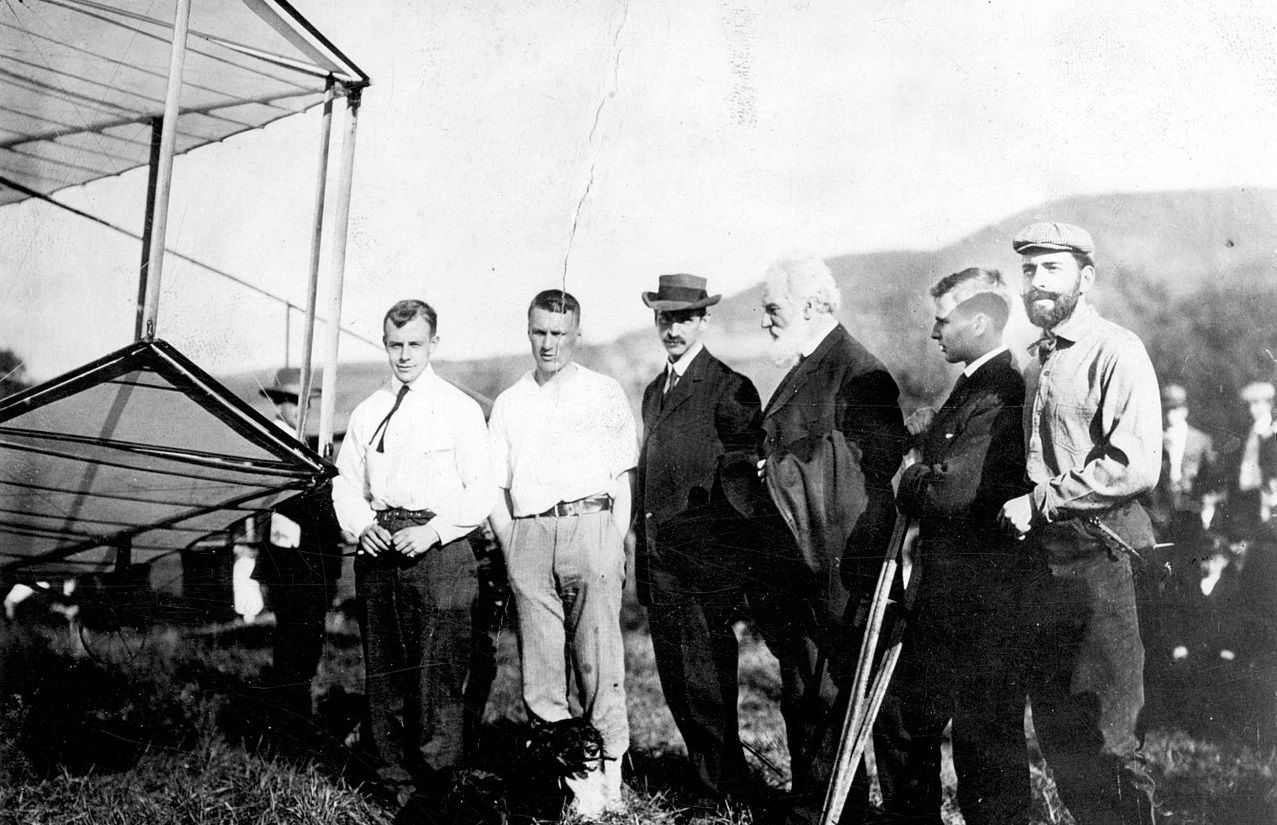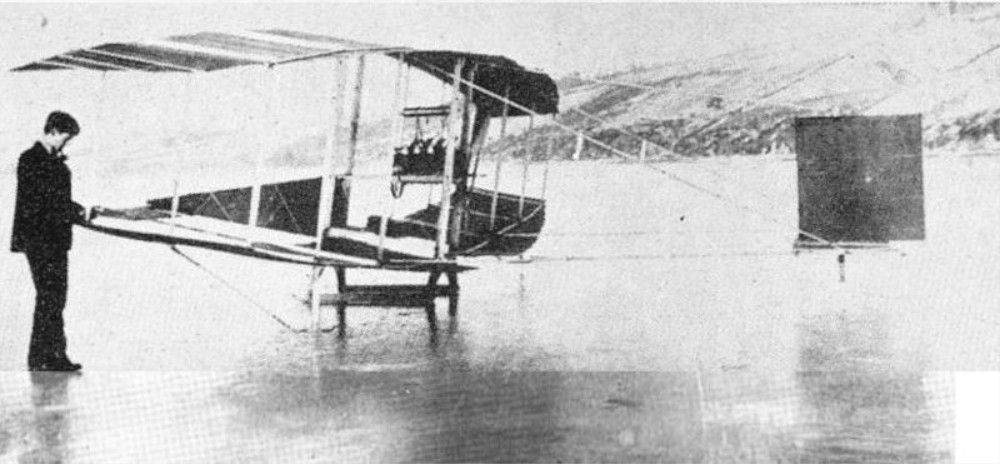Born in Toronto, Ontario, on January 2, 1882, Frederick Walker ‘Casey’ Baldwin was a Canadian athlete, engineer, sailor, activist, and more. Over the years, he became associated with some of the most influential inventors in history, though he is mainly remembered for his work on hydrofoil watercraft and aviation. Regarding the latter, he was the first Canadian to pilot an aircraft.
Education and early career
Casey was educated at Ridley College in St. Catharines, close to Niagara Falls, in addition to the University of Toronto. As a student, Baldwin was a notable athlete, becoming captain of the school’s cricket team and participating in other sports like baseball and football on the side. As a university student, his studies primarily focused on mechanical and electrical engineering, and during this time, he met John Alexander Douglas McCurdy, another Canadian aviation pioneer.
Some time after graduation, Casey traveled to Nova Scotia to visit McCurdy, who had recruited him to help with some projects of a prominent Scottish-born scientist living in the region, Alexander Graham Bell. Baldwin would become Bell’s lifelong associate, working together on hydrofoils and aviation from as early as 1906. With support from Bell’s wife, the trio started the “Aerial Experiment Association” and took operations south to the United States in search of a couple more members.
Glenn H Curtiss, an early motorcycling and aviation enthusiast, would become the fourth member of the AEA. His workshop in Hammondsport, New York, would become the main site the team worked out of leading up to the first flight by a Canadian. The crew also sought the help of US Army Lieutenant Thomas Selfridge, a trained dirigible pilot who, according to the University of Houston, would become the first US soldier to pilot a powered aircraft.
Taking flight
With Casey at the reins acting as lead engineer, the AEA’s first plane was built, called the “Red Wing,” a biplane featuring a 40 hp Curtiss engine. Finally, on March 12, 1908, Baldwin piloted the Red Wing at Keuka Lake at Hammondsport, becoming the first Canadian to pilot an aircraft. According to the University of Toronto, the historic event saw Baldwin fly for 319 feet (97.2 meters).
While we all know the Wright brothers were the first two humans to fly heavier-than-air aircraft, sources aren’t clear on who came next. However, Baldwin was likely among the first few individuals to pilot a plane.
As mentioned in Canada’s Aviation Hall of Fame, that same year, Baldwin and Bell would go on to pioneer the usage of an essential flight control surface, the aileron. The team added tricycle-style wheels underneath to make their next aircraft just as maneuverable on the ground as it was in the air. This plane was called the “White Wing” and would be piloted by Baldwin in May 1908. Over the next many months, the aviation pioneers would create and test various new aircraft designs.
Love aviation history? Discover more of our stories here!
In 1909, Baldwin, Bell, and McCurdy traveled back to Nova Scotia with one of their aircraft and continued to develop the industry in their home territory. McCurdy became the first person to pilot an aircraft on Canadian soil when he took the “Silver Dart” into the skies on February 23, 1909. Baldwin’s later work, especially into the 1920s, would see the Canadian engineer recognized for naval and aerial warfare developments.
Sources: Government of Canada, Canada's History, University of Toronto, Canada's Aviation Hall of Fame, University of Houston



